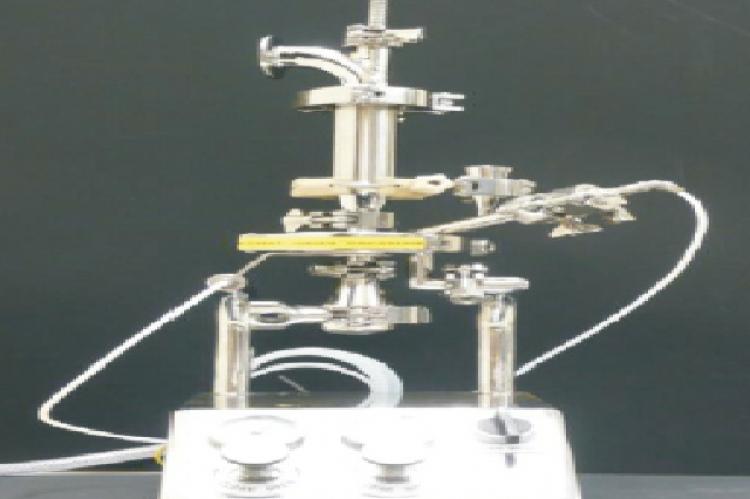Several techniques were compared for improving the dissolution of indomethacin (IND), a poorly soluble non-steroidal anti-inflammatory drug. The aim of this study was to prepare, characterize and differentiate the different techniques used as physical mixture (PM), jet milling (JM) and solid dispersion (SD). The PM, JM, and SD techniques were prepared at 1:4 drug to polymer ratio with both polyethylene glycol (PEG) 6000 and 10000. Scanning electron microscope (SEM), X-ray powder diffractometry (X-ray) and differential scanning calorimetry (DSC) were used to examine the physical state of the drug. Furthermore, the solubility and the dissolution rate of the drug in its different systems were explored. The data from the X-ray showed that the crystallinity of the drug was still detectable (slightly disappeared) in its solid state in the physical mixture, jet milling of IND-PEG, whereas it disappeared in SD of IND-PEG. DSC thermograms showed the significant change in melting peak of the IND when prepared as SD and milling particles suggesting the change in crystallinity of IND. However, the specific surface area of the IND-PEG particles increased and the crystallinity decreased (i.e., the amorphization level increased) as the JM progressed. The drug solubility enhancement increased with PM, JM and SD of IND-PEG 6000 (PEG-6) and 10000 (PEG-10). An increased dissolution rate of IND at pH 7.4 was observed when the drug was dispersed in these carriers in form of SD, JM and PM. IND released faster from the SD and JM than from the pure crystalline drug and PM. It was concluded that, the dissolution rate of IND from jet milling increased with increasing the specific surface area and decreasing the crystallinity that leads to increase the wettability of IND-PEG particles.
View:
- PDF (2.86 MB)


